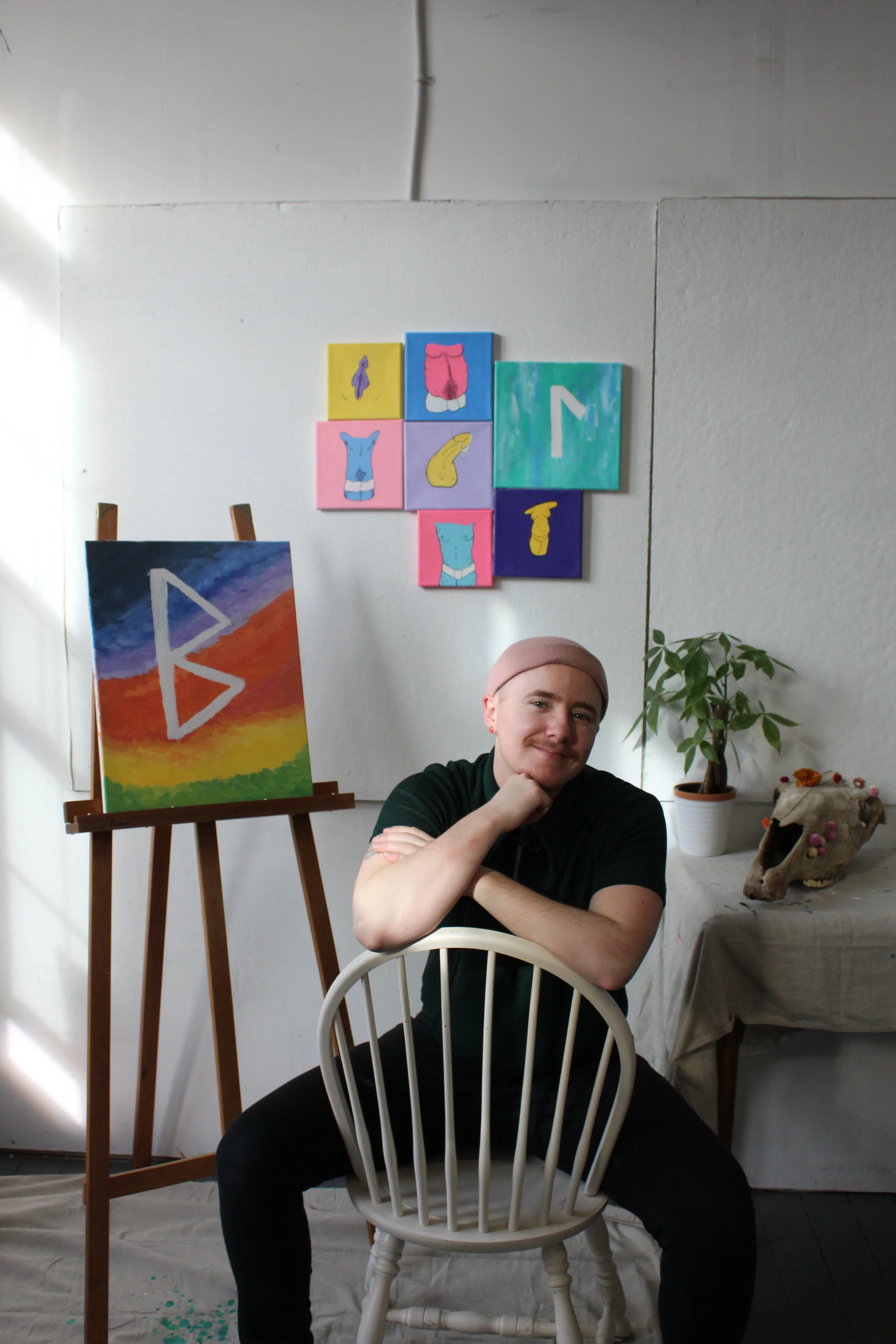How This Exhibition Was Curated
This collection of art was a joy to curate. The vulnerability and trust given by sharing these artworks is not lost on me, and it feels important to name that above all else, it was my intention to make sure that each artist’s work was presented in a way that centered their story and interpretation of the pieces over the way I viewed them as a curator.
First, I want to make it clear that no one was turned away from submitting to this exhibition. This exhibition is not about my idea of “good” art — it is about creating the space to share stories with bold authenticity (and hey, authenticity is what makes good art in my opinion). This is not the space to pass judgment on what has been shared, by me or anyone else.
Secondly, I chose to present this exhibition in alphabetical order (by first name) to avoid imposing my own narrative on each artist’s submission(s). I chose to have each artist’s submission(s) come before their artist statement, to let the art speak first and still allow for the artist’s intent to be centered. I also had artists self-describe content warnings, with a few additions added in by me. I tried to create uniformity in the content warnings provided, and also recognize that there are still variances present..
Lastly, there are undoubtedly ways for me to grow in the way I curate storytelling spaces, and perhaps in future iterations of this exhibition other storytelling, content warning, and accessibility methods will be used. If you have feedback on this, you are more than welcome to send it—your perspectives and experiences matter and are valued.
With all of that said, the heart and soul of this exhibition are the lives and stories of the artists. These are not just abstract art pieces, disconnected from real life. There are lifetimes of resilience, pain, joy, grief, hope, confusion, pleasure, and so much more woven into each piece of art and writing. And as much as these pieces speak to us loudly, there are undoubtedly so many stories left unspoken.
I invite you to spend time deeply listening to the artists, both through their artwork and through their given statements. Let their narratives speak to you and guide you moving forward. And, as you reflect on the experience of this exhibition, I invite you to think about how your own stories & assumptions have shown up while engaging with these art pieces. Feel the gravity of what they have shared in a way that is safe for you, but do not shy away from discomfort.
Sexual Assault Awareness Month calls on us to deeply confront the ways we are collectively impacted by rape culture—whether you are a survivor yourself or not. It also asks us to confront our discomfort with change, whether that is in our own behavior or recognizing the need for systemic shifts. We are all called to begin building networks of care that support us in ending sexual violence. That will look different for each of us, but if we commit ourselves to model a world without violence it is possible to bring that vision to fruition.
I hope this exhibition has left you with a sense of being seen, heard, and held— whether you are a survivor or an ally. I hope it leaves you with a sense of hope for the possibilities of care and connection we all have. And, to use words from one of my favorite artists Molly Costello, I hope this leaves you with the knowledge that we can collectively cultivate our “radical imagination for the transformation of our world”.

